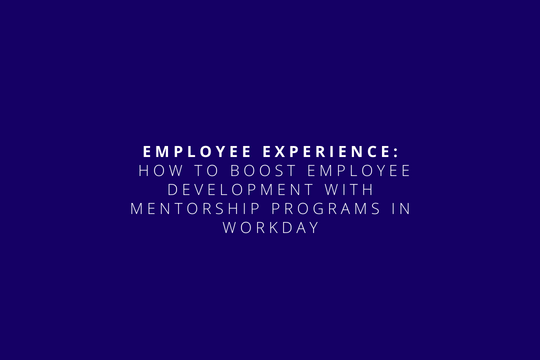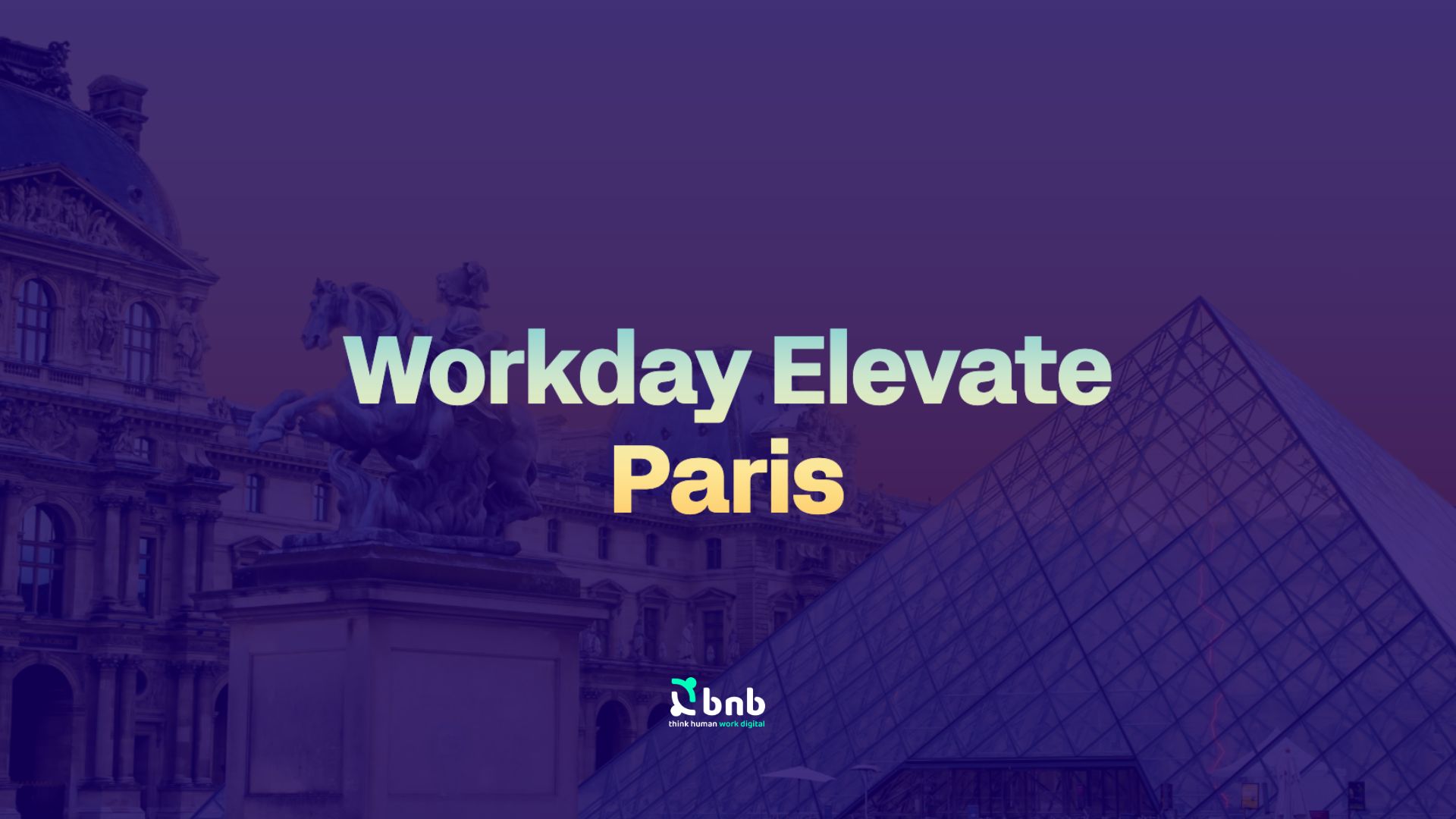The world of HR has seen a multitude of pivotal changes in the past decade, many of which have ushered in fundamentally new ways of competing in the talent landscape and boosting the ability to retain and develop talent. Building a strong and inclusive company culture that fosters a sense of meaning and belonging, and creating a holistic employee experience that empowers employees to grow and develop themselves on their journey within the company have both become indispensable elements of a sound HR strategy.
For many companies, the focus on development – both personal and career-related – has turned into a cornerstone of their employee experience strategy. It has become increasingly clear that the availability of development options during the employee journey plays a huge role for candidates and employees alike. As a consequence, companies which prioritize development in their employee experience strategy and strive to offer the best possible development opportunities to their staff will significantly increase their chances positioning themselves as great employers and attracting talented people.
Why mentorship programs matter
Implementing an effective mentorship program undoubtedly is a powerful element of this strategy. But what precisely is mentoring, and what does a mentor do? Mentoring consists of a long-term relationship focused on supporting the growth and development of the mentee. The mentor becomes a source of wisdom, teaching, and support, but not someone who observes and advises on specific actions or behavioural changes in daily work.
Having a mentorship program can be an effective way of offering employees internal mobility opportunities and encouraging growth. Mentees can explore and develop complementary skills through their mentor, or be guided on crucial soft skills such as leadership and communication.
It is worth noting that some 70 percent of Fortune 500 companies have mentoring programs in place. Overall, these programs have been proven to reduce high turnover rates, tackle diversity problems, improve overall employee engagement, and lead to a more skilled and productive employee base.
The focus of your mentorship programs – that is which types of mentorships you will choose to encourage or promote – will depend on your company’s HR strategy and overall corporate priorities. Apart from a general mentoring program to establish non-formal mentor-mentee relationships within the company, specific goals may include
– Strengthening a graduate program by assigning senior mentors to high potentials
– Creating an onboarding mentor program to facilitate new hire integration
– Devising a mentorship program as part of a diversity initiative
Managing mentorships in Workday
Workday HCM offers a variety of ways to boost employee engagement and foster a culture of continuous development. Functions such as Career Preferences, Job Interests, Relocation Options and Skill Profiles can all play a big role in increasing internal mobility opportunities.
The mentorship function within Workday complements this suite of opportunity accelerators by allowing mentees to search for, compare, and request mentors in Workday. Potential mentors are able to establish mentorship preferences and specify their fields of expertise. The My Mentorships report brings everything together. Employees manage their mentor and mentee relationships, change mentorship preferences, find new mentors and end mentorships here.
Mentor and mentee relationships can also be established by an HR professional, who can assign and create mentor relationships. Line managers can add mentors for their direct reports and view their team’s mentorships via My Team’s Mentorships.
Employees who proactively seek a mentor in the organization can make use of the Find Mentor report and search suitable mentors by keywords and filtering. They can then compare different potential mentors and start the process to request a mentorship connection.
Potential mentors, on the other hand, can utilize the My Mentorships report to indicate their availability for mentoring and their specific mentoring skills and preferences.
Administrators have additional options to tailor the mentoring preferences to their organizations’ needs. By setting up questionnaires for employees to answer specific questions and set mentorship goals, they can make sure mentors and mentees are able to align and track the expectations of their mentor relationship. In order to distinguish and organize different types of mentorship programs, such as High-potentials, program or Graduate program, for instance, administrators further have the ability to create a list of selectable mentorship categories. Last, but not least, the mentorship business process can also be included in the hire process, allowing for a seamless integration if desired.
Key take-aways
Companies which leverage the power of mentorship programs are bound to improve the employee experience within their organization, improve employee satisfaction and increase retention.
Workday HCM’s mentorship function can help companies achieve this goal by:
– Leveraging their employee’s experience to guide and mentor others
– Allowing new hires to acclimate more quickly
– Identifying high potential employees and preparing future leaders
– Providing informal development avenues for employees
– Increasing employee satisfaction, engagement & workforce comradery
Large organizations rely on the ability to digitally access, organize and filter workforce data in order to identify the right connections and bring together the right people in the real world. A powerful HCM solution will facilitate this process while leaving the strategic input and planning in the trusted hands of HR professionals.
Get in touch with us.
Fill out the contact and someone from our team will get in touch with you as soon as possible.



